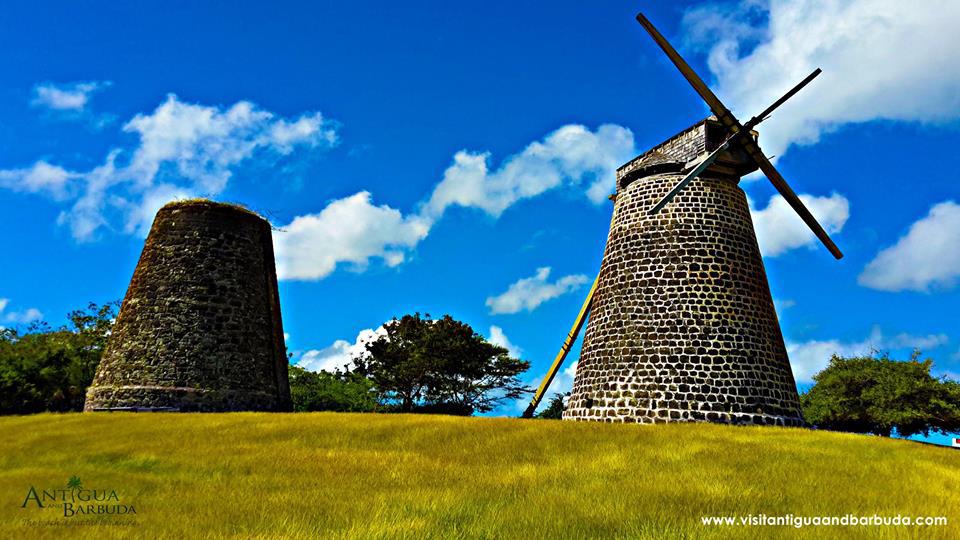In an additional research seminar on Wednesday, Dr Christian Wells from the University of South Florida spoke about his fascinating interdisciplinary work on the site of former sugar cane plantation Betty’s Hope in Antigua. Betty’s Hope was one of the largest and oldest sugar cane plantations, active from 1651-1944. The land of the plantation is today owned by descendants of former slaves, but has become eroded and degraded, possibly because of the monocropping of sugarcane over such a long period of time. However, farmer ethnographies say it was only after independence in 1981 that soil began to be unproductive. Part of the aims of the project are to discover the reasons for the degradation in soil productivity so the present farmers can benefit from this knowledge.
The project is using EPIC software (Erosion/Productivity Impact Calculator) to backcast soil conditions in the past. Matching these EPIC simulations with detailed historical sugar production records from Betty’s Hope allows land use to be tracked over time. Both sources, corroborated with deep sediment cores in the wetland along the coast and archaeological excavation, suggest massive changes during a period of flooding, drought and earthquakes in the 18th century. However, this data also showed 3.5m of sediment loss since 1980. The current research suggests that abandonment of agriculture caused erosion more than agriculture itself. The project is working with farmers to get a better understanding of how they can manage erosion/ productivity on their fields in modern times.

